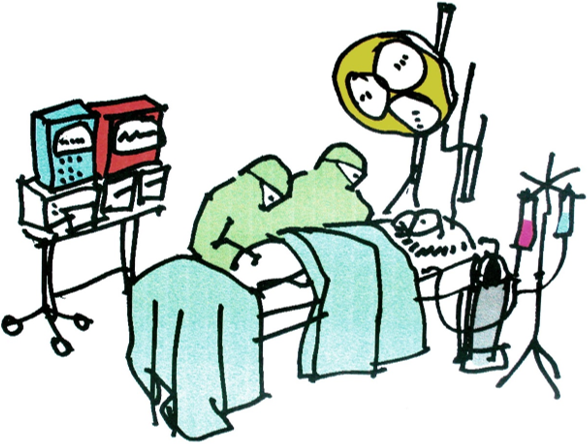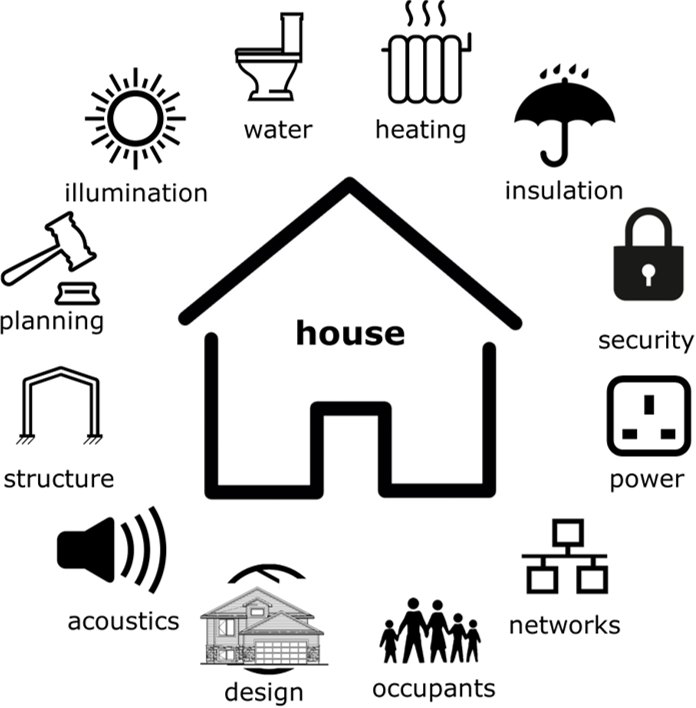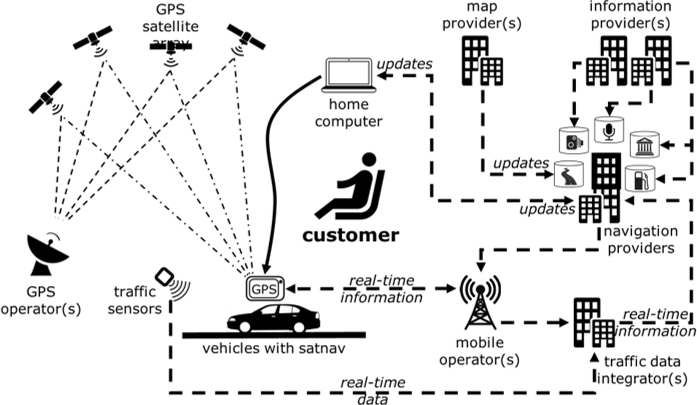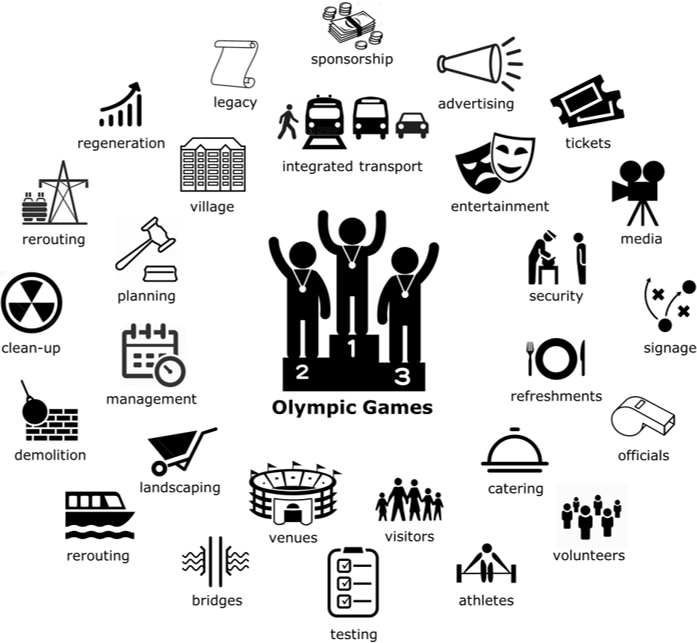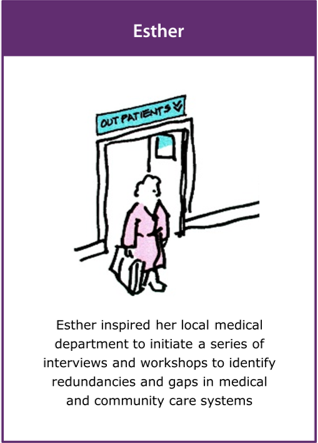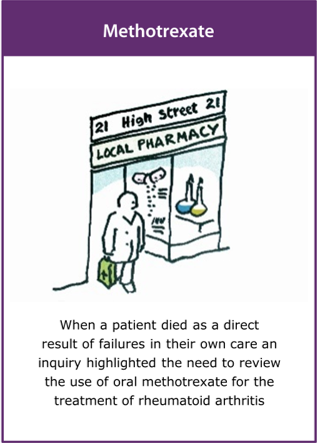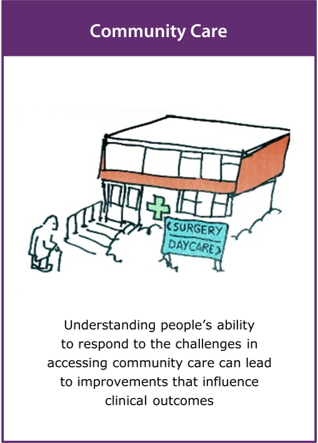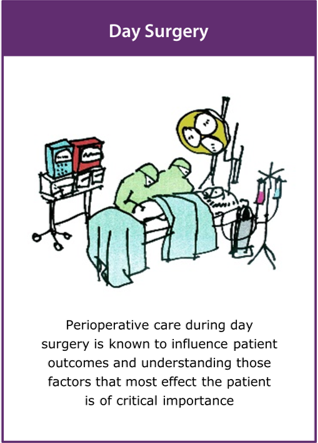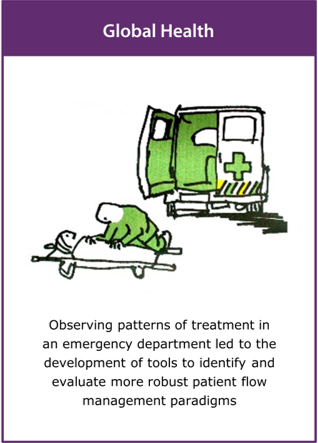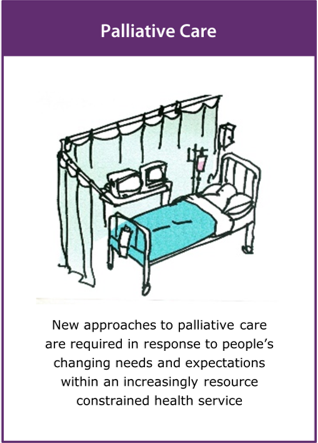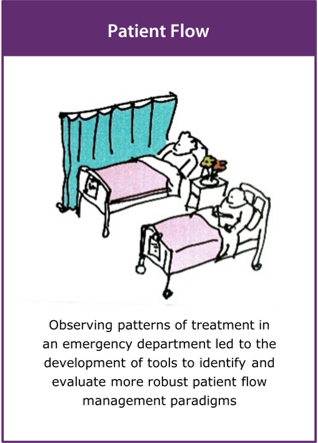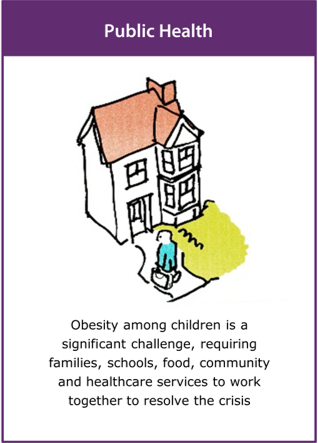These case studies explore the use of a systems approach in the development, delivery or improvement of a range of engineering and healthcare systems.
Contents
Engineering
The Home
Consider a house that is made up of a number of systems that co-exist to ensure that a house becomes a home. Some are discrete yet interconnected (water, heating, power, security and networks) while others are naturally more holistic (design, structure, planning, illumination and insulation).
The delivery of any particular system requires expert knowledge of that system and how it will interface to the whole. The heating specialist cannot develop an appropriate solution without knowledge of the design, structure and insulation, nor can they deliver the solution without detail of the power and water systems. Each specialist will have a different perspective on the house, yet architects, and subsequently builders, act as system integrators, delivering homes with emergent properties greater than the sum of the individual parts. For example, the energy rating of a house depends on a combination of design, structure, insulation and heating, while its desirability may depend on these and many more factors.
A good house design is critically dependent not only on its architectural properties but also on engineers systematically evaluating its performance. Structural engineers model the resilience of the house under all expected loads, insulation specialists model its thermal properties and heating engineers size their systems based on these results and the likely behaviour of its occupants. Utility providers model the water, waste and power requirements, particularly where multiple houses are being built. Local authorities model the impact of new homes on the environment and on local services such as schools, hospitals, highways and waste collection. Governments model the demand for new homes based on expected patterns of migration. As a result, the house may be seen as an element in an extended system of systems.
Satellite Navigation
Engineered systems often rely for their operation on a number of independent, but interrelated systems. For example, a satellite navigation system depends on the action and operation of a number of service providers. The degradation of any one of these systems or the interfaces between them will have an adverse impact on the navigation experience and possibly the safety of the vehicle occupants.
Further systems, such as rocket launch vehicles, mapping technologies and voice recording studios, are also required to enable the successful deployment of a navigation system. Inevitably, the focus of individual development teams for these systems would have been different, particularly since GPS satellite arrays and mobile telecommunication systems were not initially designed with commercial navigation systems in mind. However, the architects of satnav systems would have had a holistic vision for their system of systems and robust descriptions of the interfaces relevant to the individual elements and to the whole.
The Olympics
Systems are designed at many levels of scale from the micro to the macro, where they often involve complex interactions between people, physical infrastructure and technology. This is exemplified by the London 2012 Olympic and Paralympic Games: 205 competing nations, 17,000 athletes and officials, 26 different sports, covered by 22,000 journalists and over 10 million tickets to be sold. An Act of Parliament established the Olympic Delivery Authority (ODA) with a budget of £8 billion to deliver the infrastructure, venues, athletes’ village and transport in a sustainable manner and to leave a lasting legacy1.
The ODA commissioned a delivery partner to manage the construction of the Olympic Park in East London and to manage the complex logistics on the site. Both were similarly incentivised to ensure an alignment of objectives between the two teams to deliver a programme over six stages: Plan, Demolish, Build, Test, Games and Legacy. Their common purpose was to deliver the best Games ever and a lasting legacy for London. A number of interrelated elements were developed relating not only to the physical infrastructure required, but also to the practical organisation of the Games.
The success of the Games and its legacy was critically dependent on early decisions relating to the Olympic Park, a challenging site that needed significant redevelopment. Both the immediate and future needs were realised through the provision of temporary or reconfigurable sports venues, removable bridges alongside permanent structures and landscaping for the longer term. Innovative engineering delivered world-class, cost-effective buildings. Modelling and simulation of people flows informed provision of signage, refreshments, security, helpers, transport and information for visitors. Testing of new venues identified problems early, leading to better provision for athletes, officials and visitors. Extensive planning and risk management by the engineering-led team made the complex merely complicated. A systems approach, combined with tried and tested engineering methods and tools, delivered real success on a massive scale.
Footnotes
- Engineering the Olympics: The 2011 Lloyd’s Register Educational Trust Lecture. Royal Academy of Engineering, London, UK, 2001
Healthcare
A selection of examples from healthcare have been chosen and presented here to demonstrate that a systems approach is adaptable to all levels of scale, from service level through organisation to cross-organisation, and sufficiently versatile to apply across all areas of health and care. The case studies are representative of systems that are simple, complicated and complex and found at service, organisation and cross-organisation levels.
The following case studies of change or transformation projects aim to put the guiding questions and perspectives described in this toolkit into context. Whilst not all the projects described will have explicitly used a systems approach, the case studies highlight how they have taken into account the people, systems, design and risk perspectives in their work. Further case studies can also be found in the Engineering Better Care1 report.
Esther
Esther inspired her local medical department to initiate a series of interviews and workshops to identify redundancies and gaps in medical and community care systems2
Insights:
- Esther represents elderly persons who have complex care needs
- Changes required the cooperation of a variety of stakeholders
- Deliver multi-provider care as if it were from the same provider
Methotrexate
When a patient died as a direct result of failures in their own care an inquiry highlighted the need to review the use of oral methotrexate for the treatment of rheumatoid arthritis3
Insights:
- Patients’ needs were at the heart of the system-wide review
- Changes required the cooperation of a variety of stakeholders
- Safety still relies in part on the actions of the patient
Community Care
Understanding people’s ability to respond to the challenges in accessing community care can lead to improvements that directly influence clinical outcomes
Insights:
- All health and care services make demands on their patients
- Patients need sufficient capabilities to meet service demands
- Making services more accessible improves patient outcomes
Day Surgery
Perioperative care during day surgery is known to influence patient outcomes and understanding those factors that most effect the patient is of critical importance
Insights:
- Patient outcome data can inform the care of individual patients
- Delphi studies can lead to a consensus view of patients risks
- Data analysis can lead to a better understanding of clinical actions
Global Health
In low and middle income countries where healthcare resources are limited, improvements in care are likely to rely on systems changes as well as new technologies
Insights:
- Mapping the system is crucial in identifying areas for improvement
- A systems approach needs to be carefully translated for local use
- Lessons learned have to be used sensitively to transform practice
Palliative Care
New approaches to palliative care are required in response to people’s changing needs and expectations within an increasingly resource constrained health service
Insights:
- Palliative care is often distributed across multiple care providers
- Palliative thinking is not just for palliative specialists
- Current approaches to care are not universally accessible
Patient Flow
Observing patterns of treatment in an emergency department led to the development of tools to identify and evaluate more robust patient flow management paradigms
Insights:
- Patient flow within the emergency department is complicated
- The physician in charge uses heuristics to manage flow
- Heuristics provide a classification of problem solving approaches
Public Health
Obesity among children is a significant challenge, requiring families, schools, food, community and healthcare services to work together resolve the crisis
Insights:
- A recognition of systems is key to sustainable success
- The value of building capacity and encouraging engagement
- The need to introduce coordinated strategies across the whole system
Feedback
We would welcome your feedback on this page:
Privacy policy. If your feedback comments warrant follow-up communication, we will send you an email using the details you have provided. Feedback comments are anonymized and then stored on our file server
Read more about how we use your personal data. Any e-mails that are sent or received are stored on our mail server for up to 24 months.


